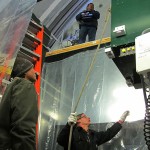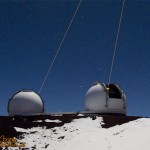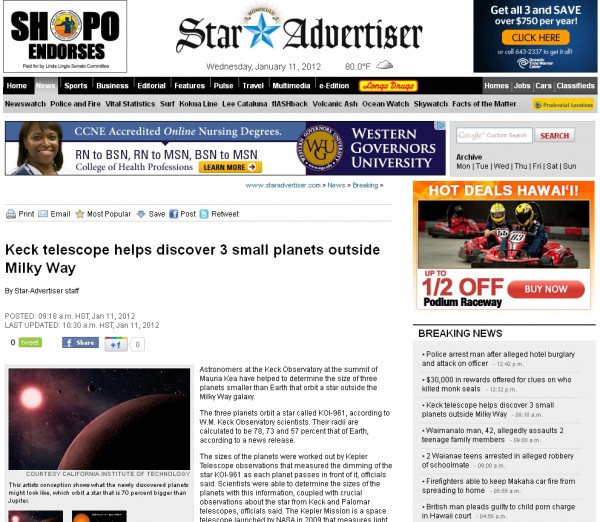Tom Soifer
Seeing the Invisible Universe
Kahilu Theater
Thursday, February 9
7:00pm
Astronomy is enjoying a golden age and the W M Keck Observatory is a world leader in cosmic exploration. With generous support from Rob and Terry Ryan, Keck Observatory invites you to take a journey beyond this world to the frontiers of discovery. Your guides are Keck’s astronomers. They will bring you a rich and varied Universe and an evening filled with beauty, drama, mystery and surprise.
Tom Soifer is professor of physics at the California Institute of Technology and the Director of the Spitzer Science Center. He is also the Chair of the Division of Physics, Mathematics and Astronomy at Caltech and a member of the Board of Directors of the W. M. Keck Observatory. The Spitzer Space Telescope is NASA’s latest Great Observatory, designed to explore the infrared portion of the electromagnetic spectrum. Spitzer was launched in August of 2003. In his talk, Soifer will describe some of the most exciting results from the Spitzer mission, among its many discoveries have been measuring the thermal emission and spectra from hot Jupiters orbiting other stars, finding “Fullerene (buckyball)” molecules in space, observing prebiotic molecules in galaxies seen less than 3 billion years after the big bang, and measuring the masses of the most distant and youngest galaxies known.
There is no charge for admission to any events in the Makana series.
Presented by W.M. Keck Observatory.



